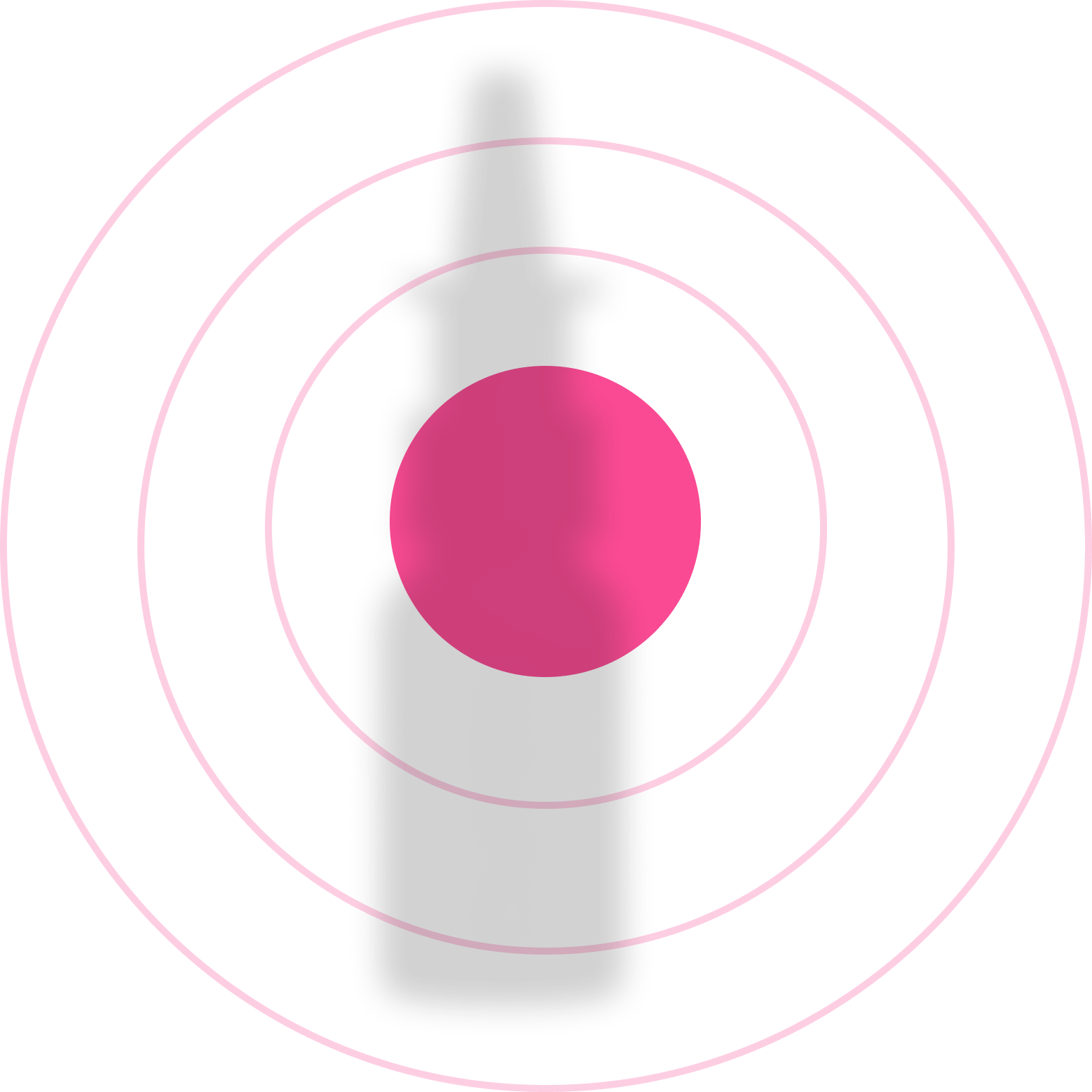
A modern clinic for at-home treatments
(857) 240-1080
Take Quiz
Get started with the most affordable immunotherapy for only $49 $9.99
Discount applied at checkout.


Curex does not treat this allergen










Dr. Chet Tharpe, M.D..
Updated May 3, 2025
The individual may experience a blocked nose, making it difficult to breathe through the nostrils. This could be due to the body's immune response to Hornbeam pollen which causes inflammation and narrows the nasal passages.
Sneezing is a common symptom of Hornbeam pollen allergy. The body naturally uses sneezing as a way to remove irritants, in this case, pollen, from the nasal passages.
The pollen can cause a reaction in the eyes, leading to excessive production of tears, redness, or itching. This is a condition known as allergic conjunctivitis. Individuals may also experience a burning sensation in their eyes.
Skin reactions such as developing a rash or hives may occur. These are often itchy and may appear as red, irritated, raised patches on the skin. This is a sign of the immune system's reaction to the allergen.
Respiratory symptoms such as coughing and wheezing can be indicative of a Hornbeam pollen allergy. The inhalation of the pollen can lead to the airways becoming irritated and constricted, causing these symptoms.
Individuals suffering from a Hornbeam pollen allergy may find they experience fatigue. The body uses energy in its attempt to fight off what it perceives as harmful, that combined with possible sleep disturbances due to other symptoms, often result in feelings of tiredness.
Recognize your symptoms?

Recognize the Symptoms of Hornbeam Pollen Allergy
Note the Timing
Get Allergy Testing



.jpg)
Don't wait until next season. Start now and enjoy a life free from allergies!
Am I eligible?




Limit your outdoor activities during peak pollen hours, usually between 5 a.m and 10 a.m. Additionally, windy days can stir up pollen, so you may want to exercise indoors or use protective gear like sunglasses and a face mask.
Pollen can get into your house and on your clothes, causing allergy symptoms. Regularly wash your clothes, bedding, and household surfaces to reduce pollen in your home. A high-efficiency particulate air (HEPA) filter can also help trap pollen particles.
After spending time outdoors, it's important to shower and wash your hair to remove any pollen particles that may have stuck to your body. It can be particularly beneficial to do so before bedtime to prevent transferring pollen to your bedding.
Over-the-counter allergy medications can help alleviate allergies to hornbeam pollen. These can include antihistamines for sneezing and itchiness, decongestants for stuffy noses, and eye drops for itchy or watery eyes. Always consult with a healthcare professional before starting any new medication.
Ready to forget about allergy hassles? Try immunotherapy!

Review your allergy test results with a Curex allergist.

Differences in Hornbeam Pollen Allergy
Effective Medications for Hornbeam Pollen Allergy
Fluctuating Hornbeam Pollen Severity
Have questions left?
Take our quiz and get a personalized consultation!

Treatment prescribed
by clinician


Clinicaly made allergen extracts are customized for your allergies


Your immune system gets desensitized to allergens, giving you long-term relief.
Get started with the most affordable immunotherapy for only $49 $9.99
Discount applied at checkout.


Expert guide on Hornbeam pollen allergy: explore key symptoms, diagnosis, treatment, growth across the USA, diet tips, and more for ultimate relief.










Dr. Chet Tharpe, M.D..
Updated July 9, 2025
gr.
Carbohydrates
gr.
Sugar
gr.
Fats
gr.
Proteins
Calories
The individual may experience a blocked nose, making it difficult to breathe through the nostrils. This could be due to the body's immune response to Hornbeam pollen which causes inflammation and narrows the nasal passages.
Sneezing is a common symptom of Hornbeam pollen allergy. The body naturally uses sneezing as a way to remove irritants, in this case, pollen, from the nasal passages.
The pollen can cause a reaction in the eyes, leading to excessive production of tears, redness, or itching. This is a condition known as allergic conjunctivitis. Individuals may also experience a burning sensation in their eyes.
Skin reactions such as developing a rash or hives may occur. These are often itchy and may appear as red, irritated, raised patches on the skin. This is a sign of the immune system's reaction to the allergen.
Respiratory symptoms such as coughing and wheezing can be indicative of a Hornbeam pollen allergy. The inhalation of the pollen can lead to the airways becoming irritated and constricted, causing these symptoms.
Individuals suffering from a Hornbeam pollen allergy may find they experience fatigue. The body uses energy in its attempt to fight off what it perceives as harmful, that combined with possible sleep disturbances due to other symptoms, often result in feelings of tiredness.
Recognize your symptoms?

Hornbeam trees typically release their allergenic pollen in the late winter and early spring. The exact timing may vary depending on local climate conditions, but generally, Hornbeam pollen can be found in the air from late February through April.



.jpg)
Don't wait until next season. Start now and enjoy a life free from allergies!
Am I eligible?



Review your allergy test results with a Curex allergist.

Treatment prescribed
by clinician


Clinicaly made allergen extracts are customized for your allergies


Your immune system gets desensitized to allergens, giving you long-term relief.
Get started with the most affordable immunotherapy for only $49 $9.99
Discount applied at checkout.


Expert guide on Hornbeam pollen allergy: explore key symptoms, diagnosis, treatment, growth across the USA, diet tips, and more for ultimate relief.










Dr. Chet Tharpe, M.D..
Updated July 9, 2025

Sneezing is a common symptom of Hornbeam pollen allergy. The body naturally uses sneezing as a way to remove irritants, in this case, pollen, from the nasal passages.

Hornbeam trees typically release their allergenic pollen in the late winter and early spring. The exact timing may vary depending on local climate conditions, but generally, Hornbeam pollen can be found in the air from late February through April.

The individual may experience a blocked nose, making it difficult to breathe through the nostrils. This could be due to the body's immune response to Hornbeam pollen which causes inflammation and narrows the nasal passages.



Don't wait until next season. Start now and enjoy a life free from allergies!
Am I eligible?



Review your allergy test results with a Curex allergist.

Treatment prescribed
by clinician


Clinicaly made allergen extracts are customized for your allergies


Your immune system gets desensitized to allergens, giving you long-term relief.

Hornbeam trees typically release their allergenic pollen in the late winter and early spring. The exact timing may vary depending on local climate conditions, but generally, Hornbeam pollen can be found in the air from late February through April.

It’s a physician-prescribed, custom-compounded formula designed to target all your nasal symptoms at once — congestion, runny nose, post-nasal drip, sneezing, and more.

Formulated by doctors and pharmacologists and backed by clinical research, Quickie combines five powerful ingredients into one easy spray.

Typical prescription may include the following ingredients: Azelastine HCL 0.15%, Mometasone Furoate 0.05%, Oxymetazoline HCL 0.0125%, Ipratroprium 0.06%, Sodium Hyaluronate 0.04%.
Straight to the source. That’s Curex


Quickie is a compounded prescription medication, prepared by a licensed pharmacy. It is not reviewed or approved by the FDA. It is prepared based on your provider’s evaluation of your symptoms and needs. Individual results may vary.

Lauren S.
No longer having to go the doctor's office a few times a week for painful shots.
Tony P.
I have done allergy shots in the past but found it pretty inconvenient to go every week. I really like the ease as compared with physically going to the doctors office.

Robert S.
The treatment is much less expensive than a course of allergy shots at a doctor's office and eliminates numerous trips to the doctor's and all the waiting time.
Janie L.
My seasonal allergies were much less severe than years prior. Most importantly, the convenience of taking drops in my own home is unbeatable.

Most patients feel relief within 15 minutes. We have both short-term relief ingredients as well as longer-term relief to keep you feeling better, longer. Some say it’s like turning off their allergies.
Sneezing runny nose, nasal congestion, post-nasal drip, sinus pressure, itchy nose. Great for outdoor allergies, indoor dust, or when pollen spikes unexpectedly.
No, this formula uses a microdose of oxymetazoline, balanced with anti-inflammatory and moisturizing ingredients to reduce the risk of rebound congestion. Clinical studies over the last decade show that when oxymetazoline is combined with a corticosteroid, it can be used safely over the long term without causing rebound symptoms.
Quickie Spray combines up to five prescription-strength ingredients into a single, personalized formula — targeting multiple symptoms like congestion, post-nasal drip, and inflammation. OTC sprays typically address just one symptom and lack the synergy of a customized blend.
Some ingredients like azelastine may cause a slight taste, but many patients find it milder than traditional OTC sprays. Proper spray technique (head forward, not tilted back) helps minimize drip.We also offer an alternative formulation with olopatadine, which has a gentler taste profile and may be preferred by taste-sensitive patients.
Quickie is designed to replace most other allergy medications. But it is designed to compliment allergy immunotherapy for long-term relief. If you’re currently taking other antihistamines or nasal sprays, tell your Curex provider, so we can adjust your formula to avoid overlap or interactions.
No, Quickie is a personalized compounded prescription prepared by licensed U.S. pharmacies based on your doctor’s evaluation. Compounded medications are not FDA-approved as commercial products, but they are regulated under federal and state pharmacy laws.
Possible side effects include nasal dryness, mild irritation, or occasional nosebleeds. These are typically mild and manageable. Let your Curex provider know about any bothersome or serious effects, so we can fine-tune your prescription if needed.
Quickie is safe for daily use, especially during the first 3–6 months of allergy immunotherapy, when symptoms are still active. Your Curex provider may adjust your dose or frequency as your immune system builds tolerance.
Quickie is designed to be non-sedating, so you can use it before work, school, or exercise without feeling groggy or foggy. In rare cases where drowsiness is reported, let your Curex provider know—we can easily adjust the formula to better suit your needs.
Yes, Quickie Spray can be prescribed for children aged 6 and up, based on your provider’s clinical evaluation.
Follow the instructions from your Curex provider.Most patients are advised to use one spray per nostril, twice daily — morning and evening — for consistent relief.